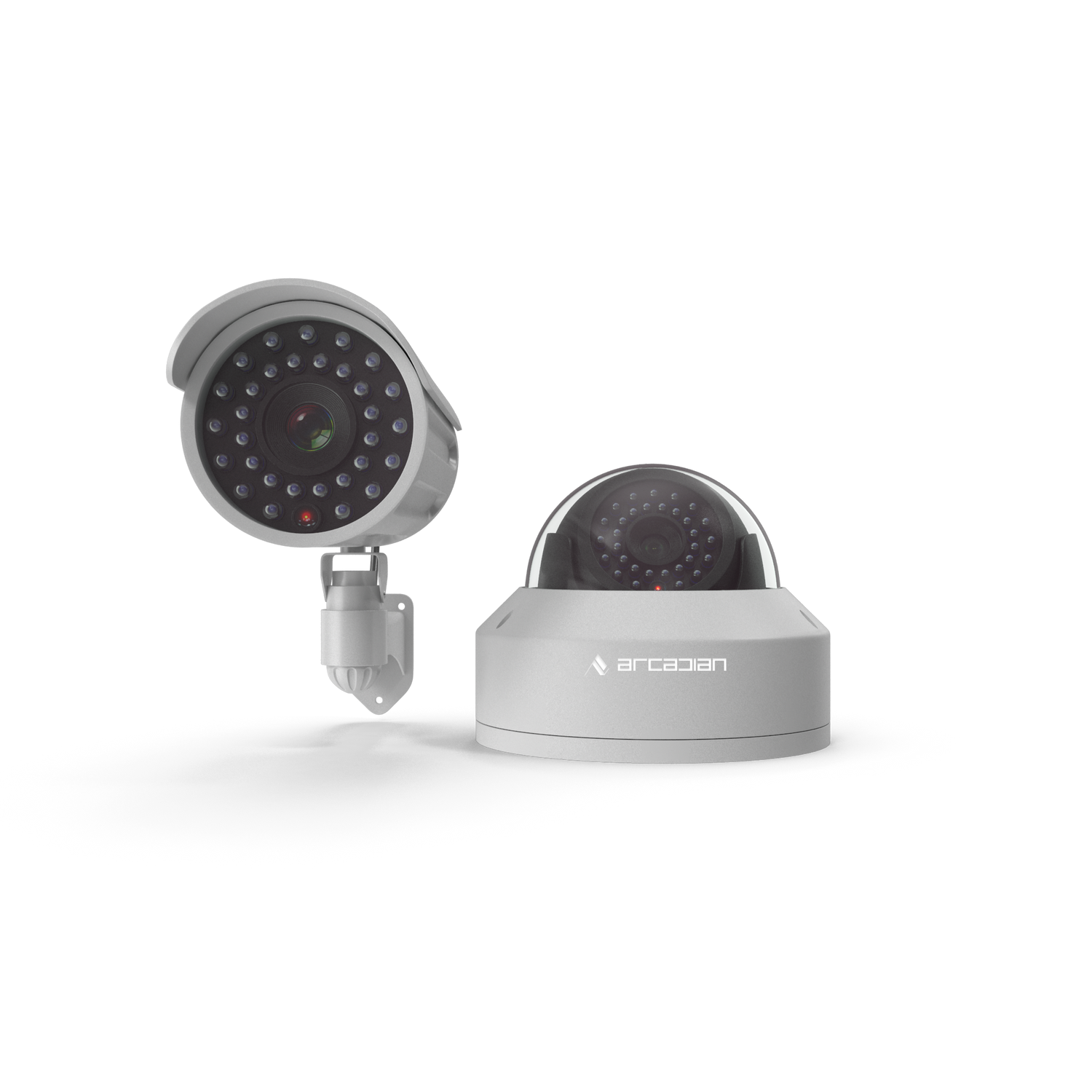Introduction: A Modern Solution to Age-Old Challenges
Picture this: A retail store owner is thousands of miles away on vacation, but thanks to remote monitoring, they receive an alert about suspicious activity in their store. Within moments, they access live video footage, confirm a potential theft, and notify the authorities—preventing a loss before it even happens.
This is the power of remote monitoring. In an era where theft, vandalism, and inventory shrinkage cost businesses billions annually, cloud-based surveillance and AI-powered analytics are revolutionizing how companies protect their assets. Let’s explore how remote monitoring enhances loss prevention strategies, improves efficiency, and reduces risks across industries like retail, franchises, and logistics.
The Cost of Loss in Businesses
Key Statistics:
- Retail theft losses in the U.S. reached $94.5 billion in 2021, according to the National Retail Federation.
- Employee theft accounts for 33% of inventory shrinkage annually.
- Businesses implementing remote monitoring solutions have seen a 30% reduction in shrinkage incidents (Source: McKinsey).
What is Remote Monitoring?
Remote monitoring uses cloud-based security systems to oversee business operations and assets from anywhere in the world. With features like real-time alerts, live video access, and AI-driven analytics, remote monitoring transforms passive surveillance into a proactive loss prevention tool.
How Remote Monitoring Enhances Loss Prevention
1. Real-Time Threat Detection
Traditional security systems often operate reactively, only reviewing footage after incidents occur. Remote monitoring systems equipped with AI capabilities can:
- Detect unusual activities, like loitering or unauthorized access.
- Send real-time alerts to managers or security teams.
Example:
A franchise owner receives an alert about repeated movement near a storage area after hours. Live footage reveals an employee attempting to steal inventory, allowing immediate intervention.
2. Access Anytime, Anywhere
With remote monitoring, business owners and managers can:
- Access live video feeds and recordings through smartphones, tablets, or desktops.
- Monitor multiple locations simultaneously from a centralized dashboard.
Use Case:
Retail chains can monitor store activity across several cities, ensuring consistency in loss prevention strategies.
3. AI-Powered Analytics for Proactive Strategies
AI enhances remote monitoring by analyzing behavior patterns and identifying risks before they escalate:
- People Counting: Tracks customer traffic to identify unusual patterns, such as loitering near high-value items.
- Facial Recognition: Identifies repeat offenders or flagged individuals entering the premises.
- Inventory Monitoring: Matches video footage with POS (point-of-sale) transactions to detect discrepancies.
Stat: AI-powered analytics can reduce theft-related losses by 40% compared to traditional systems.
4. Employee Accountability
Employee theft contributes significantly to business losses. Remote monitoring ensures:
- Activities are tracked, creating a sense of accountability.
- Audit trails are available for investigations.
Example:
A logistics company uses cloud-based monitoring to track access to its inventory warehouse, reducing theft incidents by employees by 25%.
Industries Benefiting from Remote Monitoring in Loss Prevention
1. Retail
- Challenges: Shoplifting, inventory shrinkage, and employee theft.
- Solutions: AI-powered analytics to detect suspicious behavior, integrate with POS systems, and monitor stockrooms in real time.
2. Franchises and Chain Stores
- Challenges: Managing multiple locations and ensuring consistent security policies.
- Solutions: Centralized monitoring dashboards that provide real-time insights across all locations.
3. Logistics and Warehousing
- Challenges: Tracking high-value inventory, preventing unauthorized access.
- Solutions: Remote monitoring systems with license plate recognition (LPR) for tracking vehicle entry and exit.
Advanced Features of Remote Monitoring
| Feature | Benefit |
|---|---|
| Real-Time Alerts | Immediate response to suspicious activities |
| AI Behavioral Analytics | Detect theft patterns or unusual movements |
| Integration with IoT Devices | Sync with smart locks and environmental sensors |
| Cloud Storage | Securely store and access video footage remotely |
| Multi-Site Monitoring | Oversee multiple locations from one dashboard |
Financial Benefits of Remote Monitoring
1. Reduced Losses from Theft
- Real-time monitoring and alerts help businesses prevent incidents before they escalate.
- Stat: Businesses using remote monitoring save an average of $15,000 annually in theft-related losses.
2. Lower Operating Costs
- Remote monitoring reduces the need for on-site security personnel.
- Cloud-based systems eliminate costly hardware maintenance.
3. Faster Insurance Claims
- High-definition footage stored in the cloud streamlines the claims process and provides indisputable evidence.
Integration Capabilities: The Future of Loss Prevention
Remote monitoring systems can integrate seamlessly with other tools, enhancing their effectiveness:
1. POS Systems
Match transaction data with video footage to identify discrepancies and catch fraudulent returns.
2. Access Control Systems
Monitor and control who enters sensitive areas, such as stockrooms or cash offices.
3. Environmental Monitoring
Integrate with IoT sensors to detect and respond to environmental risks like fire or flooding.
Entity Integration:
- AWS: Scalable cloud infrastructure for secure remote monitoring.
- NVIDIA: Advanced AI-powered analytics for detecting theft patterns.
- Partners like Axis, Hanwha, and Uniview for hardware compatibility.
Success Story: A Retail Chain’s Loss Prevention Transformation
A retail chain implemented Arcadian.ai’s cloud-based remote monitoring solution across 10 locations. Within six months, they achieved:
- 25% Reduction in Theft: AI-driven analytics flagged suspicious activities before incidents occurred.
- Improved Employee Accountability: Access control integration reduced unauthorized entries to stockrooms.
- $50,000 Savings: Lower theft losses and streamlined operations resulted in significant cost savings.
Challenges and Solutions in Remote Monitoring
Challenge: High Initial Investment
Solution: Subscription-based pricing models make advanced monitoring accessible to businesses of all sizes.
Challenge: Staff Resistance to New Technology
Solution: Offer training programs and demonstrate ease of use through user-friendly dashboards.
Challenge: Integration with Existing Systems
Solution: Choose camera-agnostic platforms like Arcadian.ai that work with diverse hardware brands and systems.
Conclusion: Proactive Loss Prevention with Remote Monitoring
Remote monitoring is a game-changer for businesses aiming to reduce losses and enhance operational efficiency. By combining AI-driven analytics, real-time alerts, and seamless integrations, companies can proactively identify risks, improve accountability, and protect their bottom line.
Ready to transform your loss prevention strategy?







